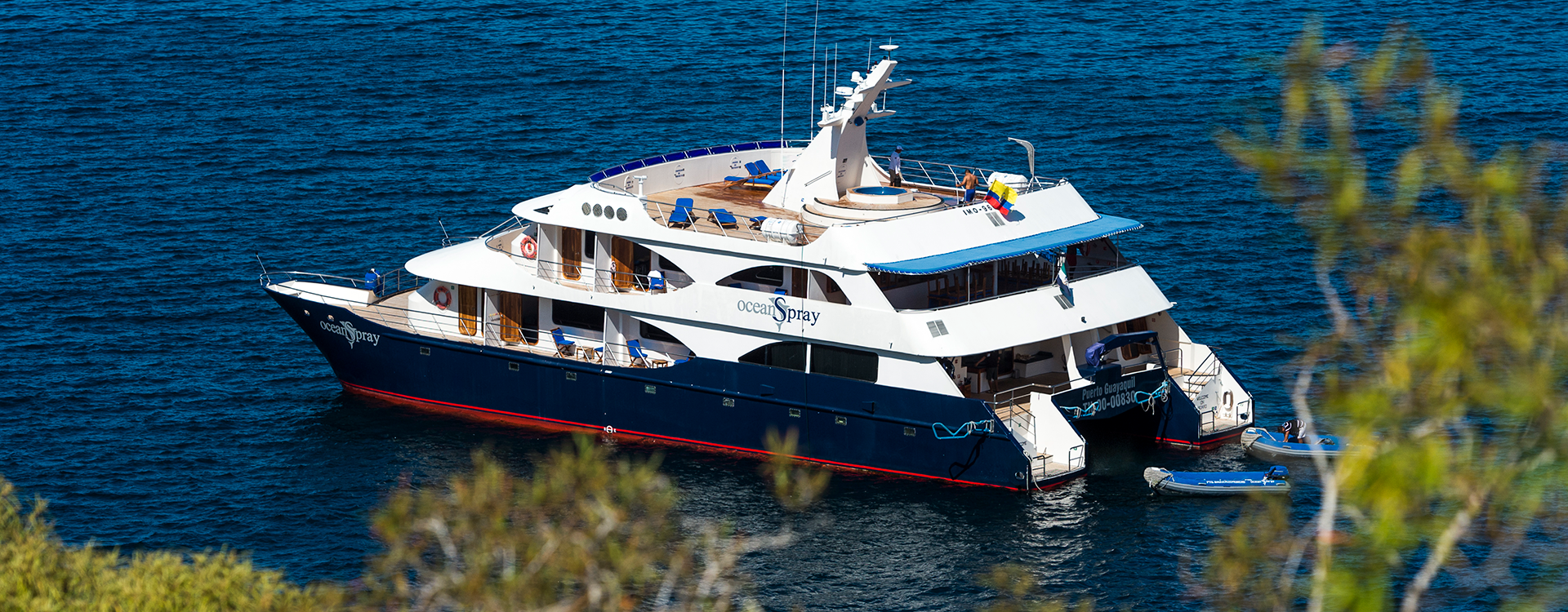Hydrofoils operate on a principle similar to aircraft wings, where the pressure difference between the upper and lower surfaces of the hydrofoil generates lift, raising the vessel's hull out of the water. This significantly reduces drag and allows for higher speeds. The concept of hydrofoils dates back to the mid-19th century, with notable early contributions from Italian designer Enrico Forlanini and American inventor Alexander Graham Bell, whose experimental boat DH4 achieved a speed of 71 mph (114 km/h) in 1919.

During World War II, Germany and Canada conducted research into hydrofoil applications, but they were not widely deployed. After the war, German engineer Hanns von Schertel established Supramar in Switzerland, launching the first passenger hydrofoil in 1952, which marked a new era for hydrofoil research and application.
Hydrofoils are generally categorized into two types: fully submerged and surface-piercing. Fully submerged hydrofoils offer better seakeeping capabilities but require more complex automated control systems to adjust the foils based on sailing conditions. Surface-piercing hydrofoils, while seemingly more complex in structure, have fewer movable parts and require less intricate control, though their rough-sea performance is inferior, making them more suitable for rivers and lakes.
Notable Hydrofoil Vessels:
United States:
•XCH-4: An experimental vessel designed by John Carl with U.S. Navy funding, powered by two radial piston engines. It set a speed record of 78 knots (144 km/h) in 1955.
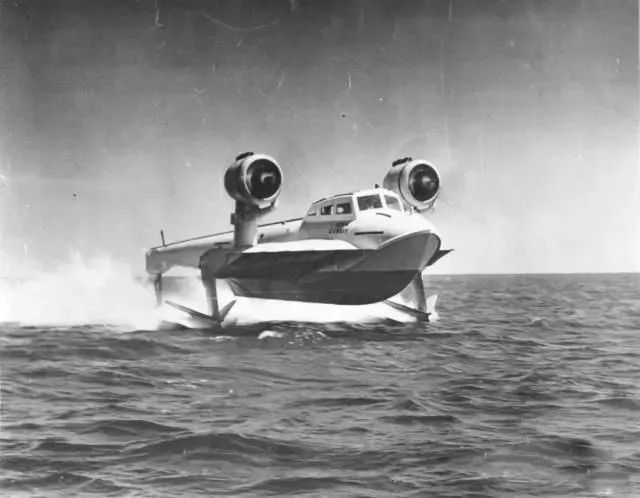
•PCH-1 (High Point): The U.S. Navy's first experimental hydrofoil, launched in 1963. It was used to test automatic control systems, electronics, power, and navigation. Despite its initial promise, it was decommissioned in 1975 after an engine explosion and later sold privately.
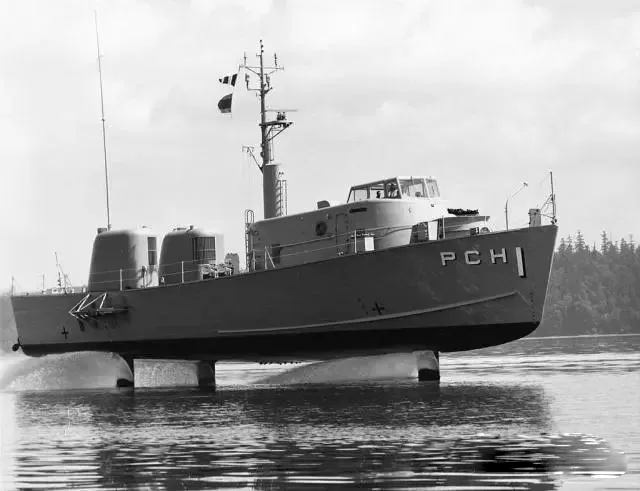
•PGH-2 (Tucumcari): A successful experimental vessel built by Boeing, featuring waterjet propulsion. Commissioned in 1968, it served in Vietnam and demonstrated the reliability of waterjet propulsion, laying the technical foundation for future U.S. hydrofoils.
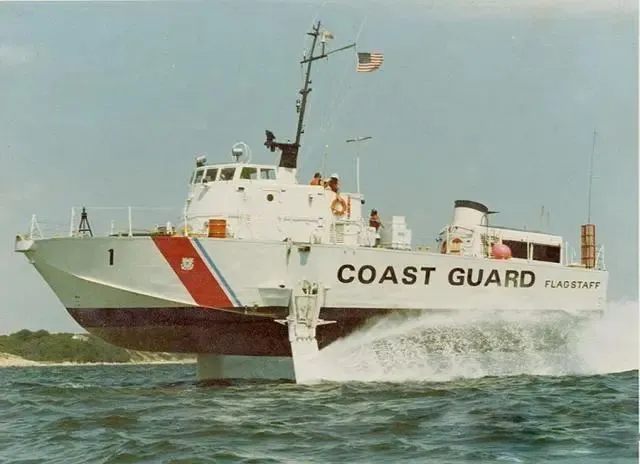
•PHM (Pegasus) Class: Built by Boeing, these were missile hydrofoils. Six vessels were built, serving from 1977 to 1993. Equipped with a 76mm Oto Melara rapid-fire gun and Harpoon anti-ship missiles, they were eventually decommissioned as the U.S. Navy prioritized open-ocean offensive capabilities over coastal defense.
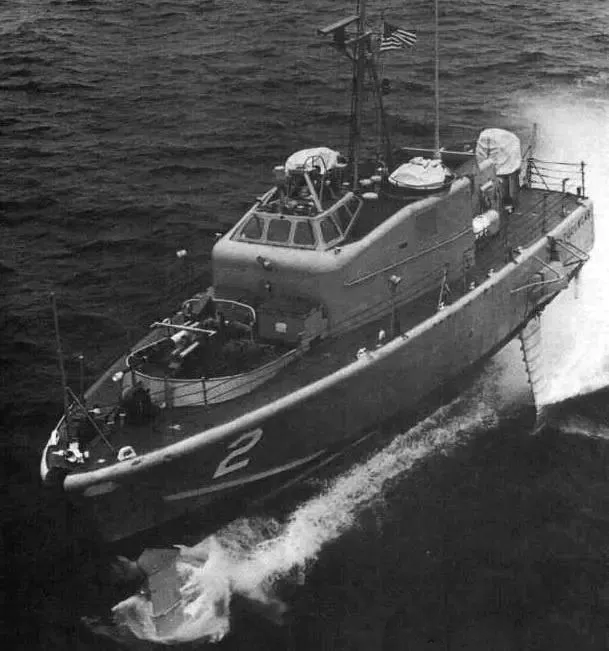
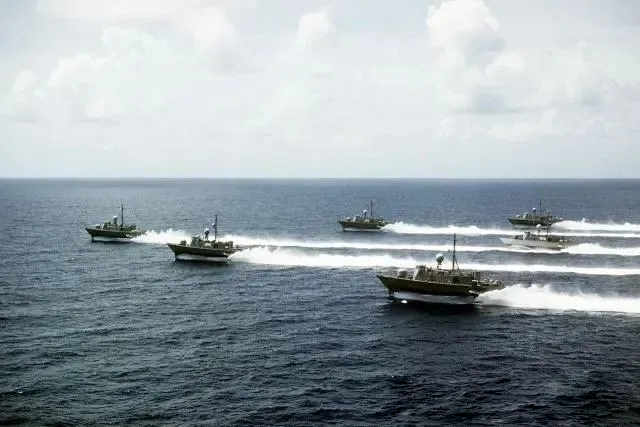
•Sparviero Class: Built by Fincantieri, these missile hydrofoils incorporated technology from the U.S. PGH-2. Seven vessels were built for the Italian Navy, and three were license-produced by Japan. Both Italian and Japanese Sparviero-class vessels have since been decommissioned.
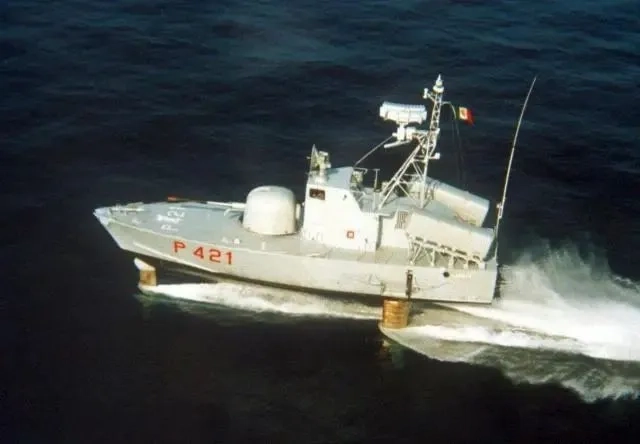
•FHE400: An experimental hydrofoil for the Canadian Navy, serving from 1968 to 1971. Although intended as an anti-submarine hydrofoil and potentially the world's fastest combat vessel, the project was canceled by the Canadian government.
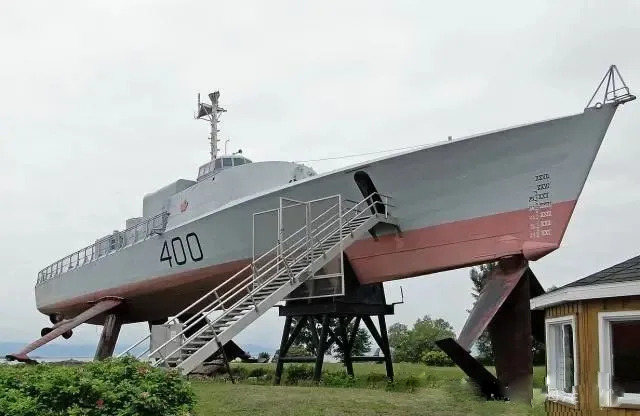
The Soviet Union showed significant interest in hydrofoils, developing various types including torpedo boats, missile boats, and patrol boats.
•206M (Turya) Class: A class of hydrofoil torpedo boats, with over 50 built starting in 1972. Many were exported and some remain in service today.
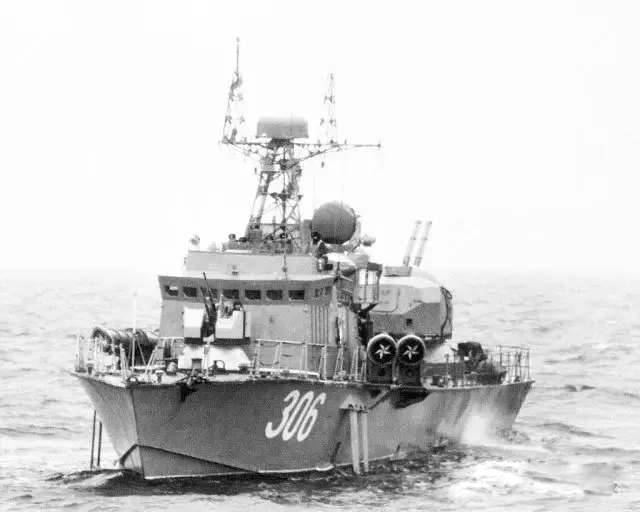
•206MR (Matka) Class: A heavily armed variant of the 206M, these missile hydrofoils were built in 12 units starting in 1977. Some were transferred to Ukraine and Georgia after the dissolution of the Soviet Union.
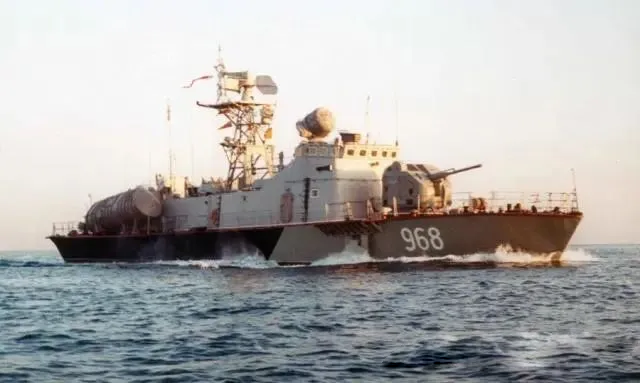
•133 (Muravey) Class: Hydrofoil patrol boats, with about 16 built starting in 1983. Some are still in service.

While military applications of hydrofoils saw a decline after the 1990s due to advancements in stealth technology, hovercraft, and ekranoplans, hydrofoils continue to be widely used in civilian sectors such as passenger transport and tourism.

